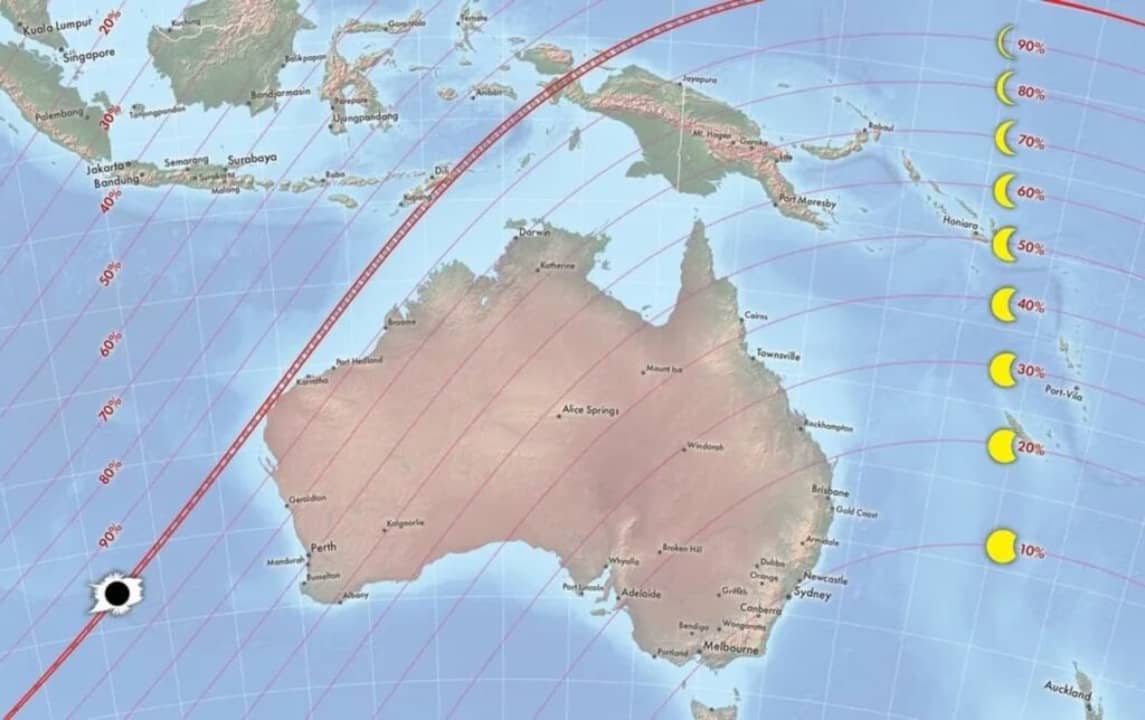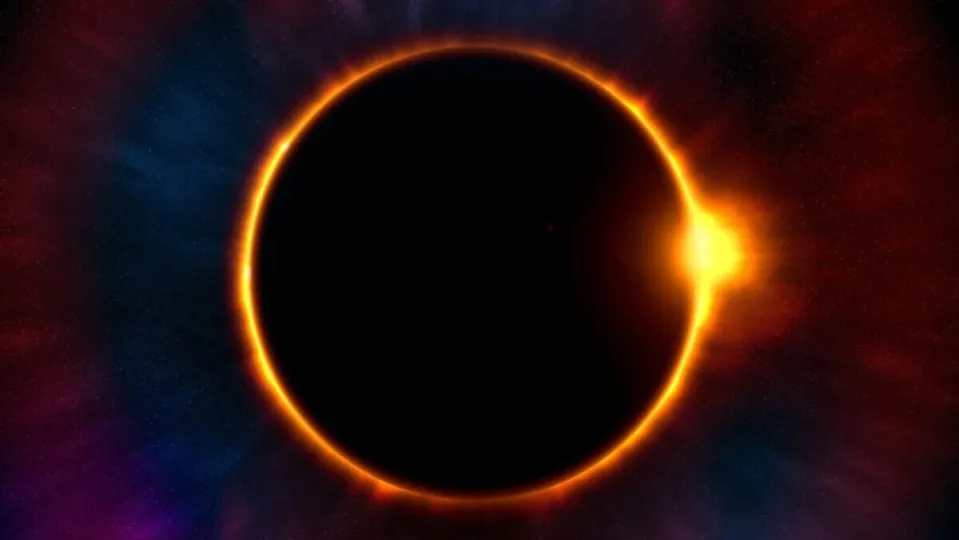This April has been full of great moments for those who watch the skies. At the beginning of the month, we had with us what is known as the Pink Moon, the first full moon of spring, and the one that decides the date of Easter. At the end of the month, a similar event will take place for Muslims, with the arrival of the Shawwal Moon, which ends Ramadan. But this is not all.
In the middle of this week, a unique event in the world of astronomy will take place: the Shawwal Moon will coincide with a hybrid solar eclipse. If witnessing the latter event is already something completely unusual, it is extremely rare that it coincides with the Shawwal Moon, a crescent moon that gives way, as its name suggests, to Shawwal, the tenth month of the Muslim calendar.
What is a hybrid solar eclipse?
While we are used to solar eclipses being partial or total, depending on whether the Moon blocks, according to our perception, only part or all of the Sun, there is a third type of eclipse that is much rarer: the hybrid.
The hybrid solar eclipse that we will see this year combines the characteristics of one and the other. From a partial eclipse of the annular type, where the apparent diameter of the Moon is smaller than the visible disk of the Sun, looking like a ring of fire, it will become a total eclipse as the minutes pass, in which the appearance of the Moon will be larger, thus covering the visible figure of the Sun, blocking all the light (obviously, depending on where we are located).

After several minutes, the total eclipse will return to being annular for a short time, until, finally, the eclipse will come to an end and the light will return to all those places where “it became night”.
Where and when will we be able to see the hybrid solar eclipse of 2023?
The 2023 hybrid solar eclipse will be fully visible in Australia, Timor-Leste and Indonesia. While it will only be fully visible in those locations, it will also be visible in nearby regions, although the experience will be completely different.
The event will take place on April 20, according to NASA, and will evolve throughout the day. It is a very rare event, occurring only a few times in a century. The next hybrid solar eclipse will take place on November 14, 2031. After this time, we will not experience one again until the year 2164.
Because this year’s hybrid solar eclipse coincides with the unprecedented Shawwal Moon, we recommend that you travel and go see it “with your own eyes” (using at all times the proper means to observe a solar eclipse, of course). You will be able to tell everyone how you experienced a unique moment in the history of astronomy.
Some of the links added in the article are part of affiliate campaigns and may represent benefits for Softonic.


